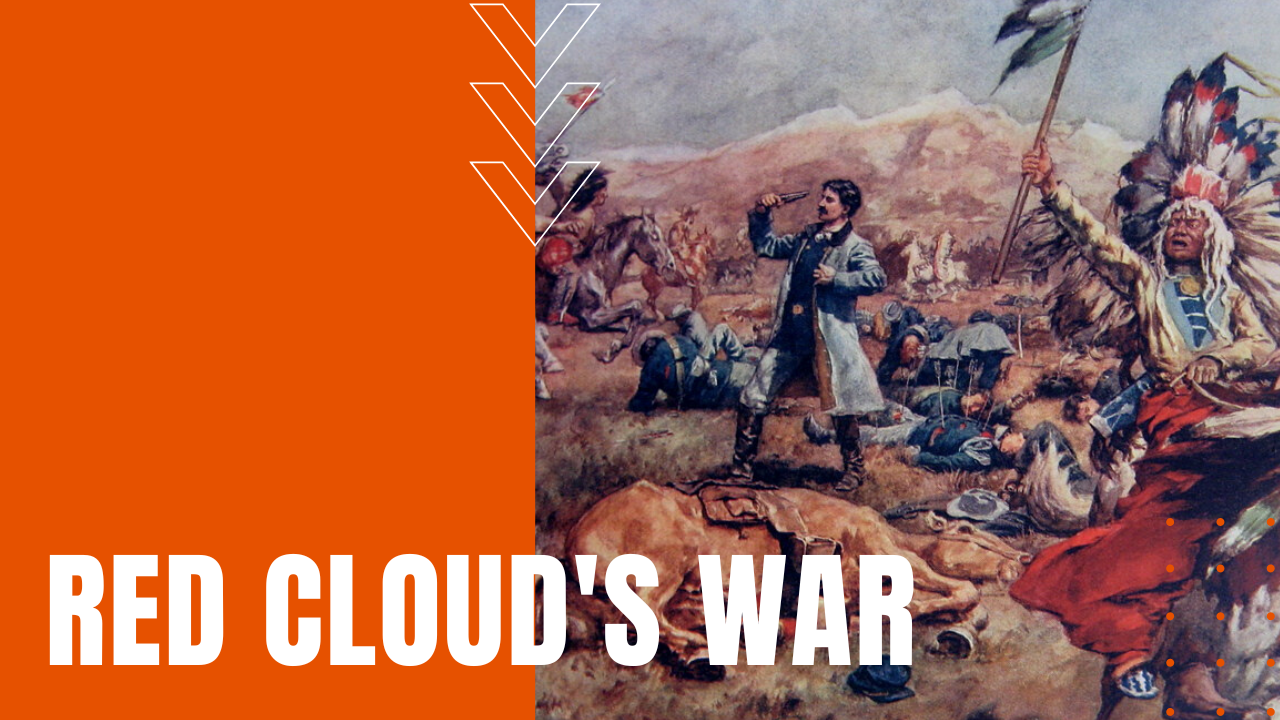Red Cloud’s War: Oglala Lakota Tribe Fights For Their Land

After gold was discovered near Bannack Montana in 1863, pioneers John Bozeman and John Jacobs developed the Bozeman Trail from Fort Laramie north through Powder River country east of the Bighorn Mountains, which saw steady encroachment by Euro-American miners and settlers on lands once the exclusive domain of the Lakota, Cheyenne and Arapaho people.
Despite several attempted treaties in 1866, Chief Red Cloud of the Oglala Lakota saw the treaties and weak and unacceptable, leading to Red Cloud’s War against U.S. government forces.
Red Cloud’s War Tactics
In a series of hit-and-run guerrilla-style attacks, the summer of 1866 proved to be a bloody one for U.S. forces stationed at Fort Laramie and two other outpost fortifications, and when Captains William Fetterman and James Powell arrived at Fort Phil Kearny in November of 1866, inexperienced fort commander Colonel Henry Carrington ordered Fetterman to provide relief for a wood train under persistent attacks by Red Cloud’s warriors.
When Fetterman’s men encountered a Lakota decoy party including Oglala warrior Crazy Horse—many standing on their ponies waggling their bare butts at the troopers—Fetterman took the bait and chased the Indians into the Peno Valley, where Fetterman’s entire 81-man force was wiped out by an estimated 1,000 to 3,000 concealed Indians.
The Treaty of Fort Laramie
Other skirmishes followed in the summer of 1867, including the Hayfield and Wagon Box fights, but when the U.S. government estimated that some 20,000 soldiers would be required in the defense of both the transcontinental railroad and the Bozeman Trail, they chose a peaceful go-around by signing the 1868 Treaty of Fort Laramie with Red Cloud and other tribal leaders, which in turn created the Great Sioux Reservation west of the Missouri River, including the Black Hills of South Dakota.
The treaty also affirmed the Lakota’s continued hunting rights in western Kansas and eastern Colorado, making Red Cloud’s War, yet another bloody chapter in more than 300 years of conflict between Native Americans and westward expanding settlers.
